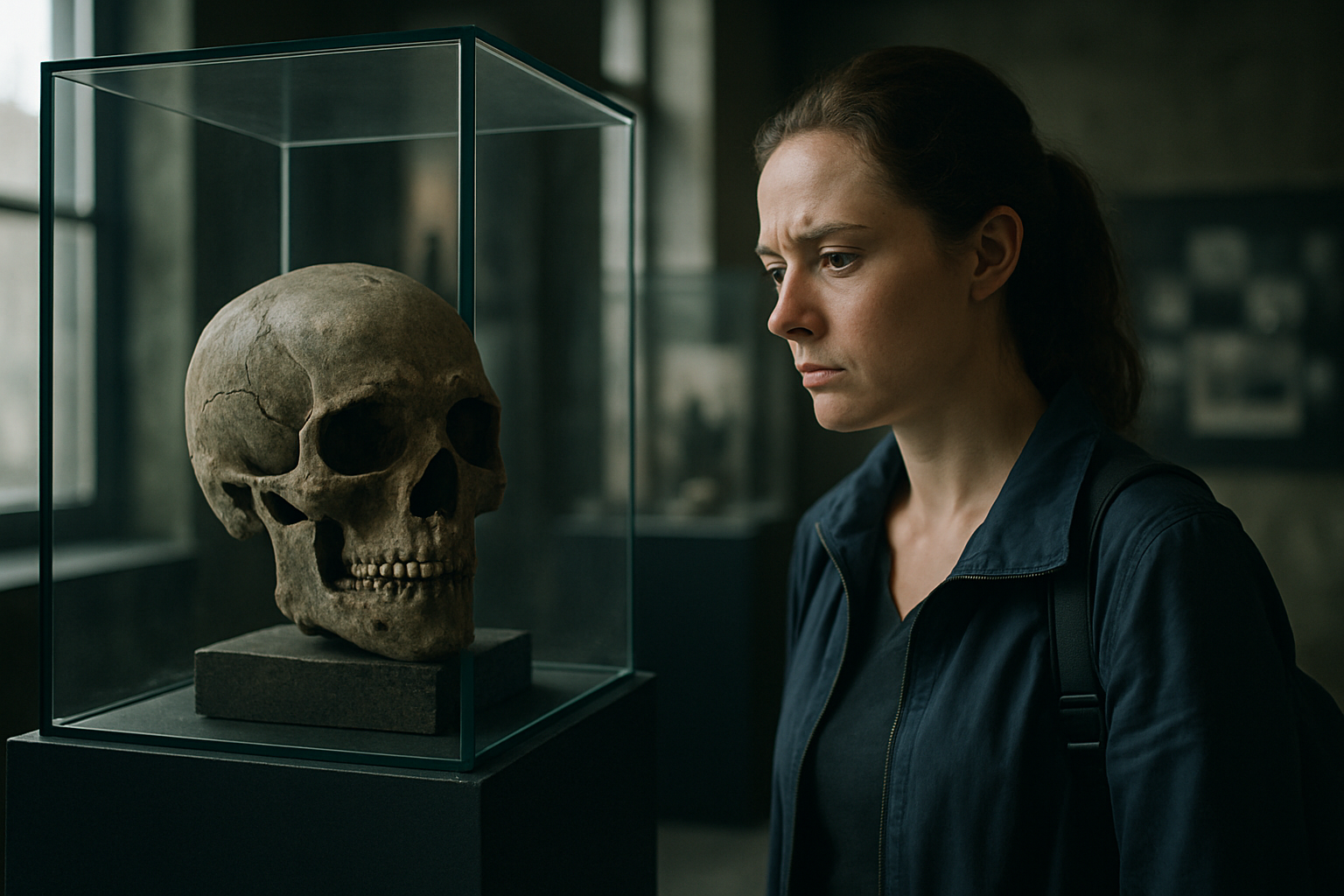Aerial Archaeology: Unveiling Ancient Secrets from Above
Aerial archaeology, a cutting-edge approach to uncovering hidden historical treasures, is revolutionizing the way we explore and understand our past. By harnessing advanced technology and a bird's-eye perspective, researchers are making groundbreaking discoveries that were once impossible. This innovative method is not only reshaping archaeological practices but also offering travelers unique opportunities to engage with history in entirely new ways.

As technology advanced, so did the capabilities of aerial archaeology. The introduction of aerial photography during World War I provided a significant boost to the field, allowing for more detailed and systematic surveys. Post-war surplus aircraft and trained pilots further accelerated the growth of aerial archaeology, leading to numerous discoveries across Europe and the Middle East.
Modern Technologies Transforming the Field
Today, aerial archaeology has entered a new era of innovation, powered by cutting-edge technologies that push the boundaries of what’s possible. Lidar (Light Detection and Ranging) technology has emerged as a game-changer, using laser pulses to create highly detailed 3D maps of the earth’s surface. This technique can penetrate dense vegetation, revealing hidden structures and landscapes that have been obscured for centuries.
Drones have also revolutionized aerial archaeology, offering a cost-effective and versatile platform for surveys. These unmanned aerial vehicles can capture high-resolution images and videos, even in hard-to-reach areas. Equipped with multispectral cameras, drones can detect subtle changes in vegetation and soil composition, hinting at buried archaeological features.
Satellite imagery has expanded the scale of aerial archaeology, allowing researchers to survey vast areas and identify potential sites for further investigation. Advanced image processing techniques and machine learning algorithms are now being employed to analyze these massive datasets, automating the detection of archaeological features across entire regions.
Groundbreaking Discoveries Rewriting History
The application of aerial archaeology has led to numerous significant discoveries that have reshaped our understanding of ancient civilizations. In the Amazon rainforest, researchers using lidar technology have uncovered extensive networks of pre-Columbian settlements, challenging long-held beliefs about the region’s past. These findings suggest that the Amazon once supported large, complex societies, contrary to previous assumptions of a sparsely populated wilderness.
In Europe, aerial surveys have revealed previously unknown Neolithic monuments, Roman villa complexes, and medieval field systems. The ability to map large areas quickly has allowed archaeologists to identify patterns and connections between sites, providing new insights into ancient land use and social organization.
Perhaps one of the most striking examples comes from Cambodia, where lidar surveys of the jungle surrounding Angkor Wat have revealed an intricate urban landscape far more extensive than previously imagined. These discoveries have transformed our understanding of the Khmer Empire, showcasing its technological prowess and organizational capabilities.
Challenges and Ethical Considerations
While aerial archaeology offers immense potential, it also presents unique challenges and ethical considerations. The use of drones and other aerial technologies can raise privacy concerns and may require special permits in many countries. Researchers must navigate complex regulations and obtain necessary permissions before conducting surveys.
There’s also the risk of misinterpretation or overreliance on aerial data. While these technologies provide valuable insights, they must be combined with traditional archaeological methods for a comprehensive understanding of a site. Ground-truthing - the process of verifying aerial observations through on-site investigations - remains a crucial step in the archaeological process.
Additionally, the rapid identification of new archaeological sites through aerial surveys can sometimes outpace the ability to protect them. This raises concerns about potential looting or damage to newly discovered sites before they can be properly studied and preserved.
The Future of Aerial Archaeology and Travel
As aerial archaeology continues to evolve, it’s opening up exciting new possibilities for both researchers and travelers. Virtual reality (VR) and augmented reality (AR) technologies are being developed to allow people to explore archaeological sites from above, offering immersive experiences that bring ancient landscapes to life.
For adventurous travelers, some archaeological projects now offer opportunities to participate in aerial surveys or assist in the interpretation of aerial data. These citizen science initiatives provide a unique way to engage with history and contribute to ongoing research.
Aerial Archaeology: Insider Tips for the Curious Traveler
• Research destinations with ongoing aerial archaeology projects for potential volunteer opportunities
• Look for museums or visitor centers that offer VR or AR experiences of aerial archaeological discoveries
• Consider booking specialized tours that incorporate aerial perspectives of archaeological sites
• Check local regulations before attempting to use personal drones near archaeological areas
• Attend lectures or workshops on aerial archaeology to deepen your understanding of the field
Aerial archaeology represents a thrilling frontier in our quest to understand the past. By combining cutting-edge technology with traditional archaeological methods, researchers are unveiling ancient secrets on an unprecedented scale. For travelers and history enthusiasts, this evolving field offers new ways to explore and appreciate the rich tapestry of human history written across the landscape. As we look to the future, aerial archaeology promises to continue revealing the hidden stories of our ancestors, inviting us to see the world - and our place in it - from an entirely new perspective.





